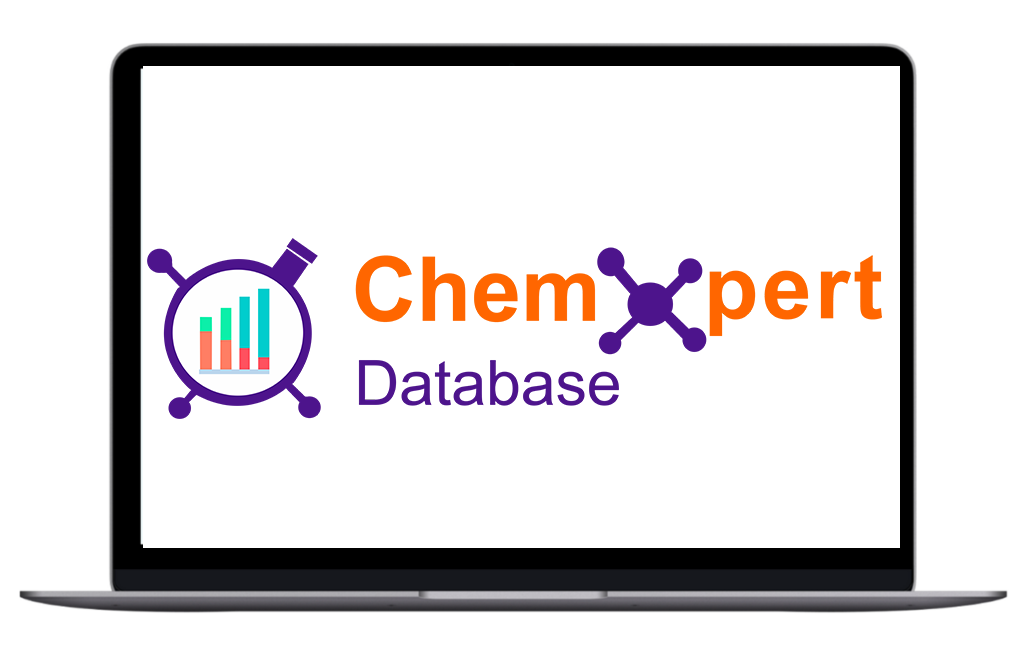
Before you even think about buying an API, you need to understand one thing: the DMF. These documents tell you whether the manufacturer actually knows what they’re doing, or if they’re just hoping nobody checks too closely.
A Drug Master File (DMF) in the US (as defined by the U.S. Food and Drug Administration) that provides the confidential technical details about an API’s quality, impurity profile, manufacturing process, and controls. They’re not approvals… they’re disclosures. And the quality of these disclosures tells you instantly whether a supplier is low-risk or a regulatory time bomb.
That’s why procurement, regulatory affairs (RA), quality assurance (QA), and CMC teams all rely so heavily on DMF content. These documents are where you find the real impurity controls (USP expectations), the validation evidence, the stability data, the solid-state characterization, and all the technical stuff suppliers don’t put in marketing brochures.
If the DMF is strong, supplier qualification becomes smooth. If the DMF is weak, your tech transfer, audit outcome, ANDA/NDA filing, and entire supply chain can fall apart.
This blog breaks down exactly how DMF mistakes derail sourcing decisions — in a very simple, very “no-nonsense” way.
Alright, buckle up, because these are real DMF screw-ups that actually mess with your API sourcing strategy. If you ignore them, you might pick a supplier who looks good on paper … but fails when it counts.
Impurities & Residual Solvent Gaps
Polymorphism & Solid-State Characterization Is Missing or Weak
Incomplete Validation, QC Methods, or Method Transfer Data
Stability Data & Shelf-Life Gaps
These are more than “oops” moments in a DMF. Mistakes in impurity control, polymorph characterization, validation, and stability can directly affect your ability to select a reliable API supplier. When you're vetting suppliers, make sure you dig into these sections. If they're weak or missing, that heavily raises sourcing risk.
Wrong DMFs can impact different aspects of your business such as timelines, costs and can also have regulatory delays. Here’s how this happens:
When a supplier sends a DMF that’s missing data or full of gaps, you can’t just “trust the process.” This results in:
This means slower supplier qualification, more incoming QC tests, and higher procurement costs. Even USP notes that impurity uncertainties and method issues force buyers to run additional checks.
If the DMF is weak, your finished product submission is weak too. Regulators don’t care if the mistake was your supplier’s fault, you pay the price.
Bad or incomplete DMF data can cause:
The FDA is very clear: poor DMFs create downstream regulatory problems. And downstream problems cost money.
If one supplier’s DMF looks shaky, you suddenly need a Plan B. That means:
All because the original supplier couldn’t get their DMF act together.
Let’s be honest: nobody wants to get blindsided by a DMF surprise, not procurement, not QA, not regulatory, not even your boss who pretends to “trust the process.” This is why regulatory intelligence and DMF monitoring actually matter. If you don’t track changes, warnings, and status updates, you’re basically sourcing APIs with your eyes closed.
Chemxpert Database fixes that problem by giving you a clean, simple data layer that shows what’s happening with every supplier before things go wrong.
Imagine checking a supplier’s DMF status without digging through PDFs or FDA portals for hours. That’s what a proper DMF intelligence feed does.
It gives you:
When procurement or QA sees this instantly, review timelines shrink and surprises drop to zero.
No more, “Oops, their DMF expired last month,” moments.
Chemxpert basically acts like the brain you wish your suppliers had.
Real Example of How Monitoring Saves You
If you track DMF updates, you can catch issues before they hit you.
Things like:
This is real FDA stuff, DMFs, 483s, warning letters, all public and all important.
And when you monitor them together, you immediately see whether a supplier is getting better, getting worse, or quietly drowning.
Use Chemxpert’s DMF & supplier intelligence to spot red flags before they delay your launch.
Alright, here’s the simple truth: when you review DMFs properly, everything in your sourcing pipeline just works better. You get faster approvals, you avoid last-minute disasters, and you stop picking API suppliers who look good on paper but fall apart during audits. A clean, complete, well-maintained DMF is basically a cheat code for smoother tech transfers, fewer regulatory headaches, and way smarter supplier choices.
And honestly, it doesn’t even need to be complicated. Just keep an eye on impurities, validation data, stability, and any weird DMF amendments, and use proper regulatory intelligence instead of guesswork. That alone puts you way ahead of most teams.

Sick and tired of always wondering if you are being asked to pay the right price for your APIs? This empowers you with the answers you need to make the right decisions in the Global API market.
Chemxpert Database is one of the biggest and most comprehensive directories of pharma and chemicals, manufacturers, suppliers and information. Provided with current information on prices, demand and transactions, it gives you instant feedback on whether you are buying what is right and at the right time.
Start using market intelligence today and allow yourself to be in control in the API market.
Check it out today and make more informed sourcing decisions! Learn More!